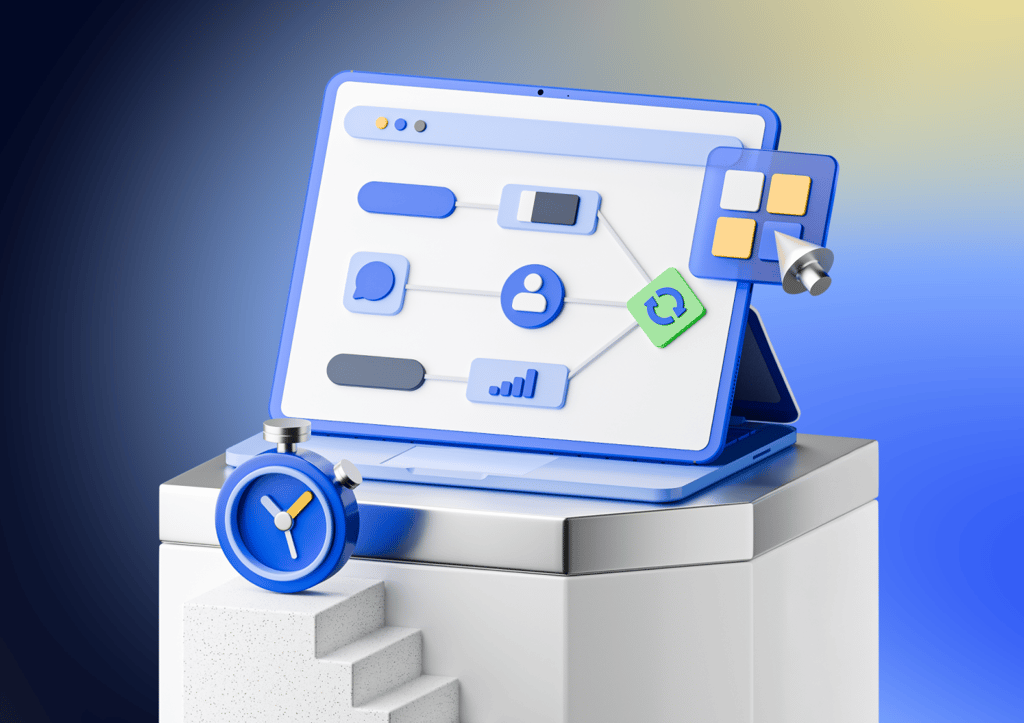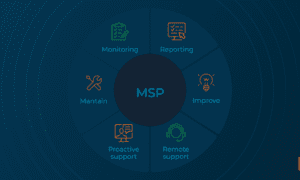How Platforms Like TaxDome Are Automating Accounting Workflows in 2025
If you’ve been in public accounting for more than five minutes, you know the work has always been a balancing act — deadlines closing in, clients asking “just one quick question” that turns into an hour-long call, and the eternal hunt for that one file that’s definitely “somewhere.”
Fast-forward to 2025, and the landscape looks even busier. Firms are juggling more clients, stricter compliance demands, and a workforce that expects modern tools to make the workday less painful. That’s why workflow management software for accountants has shifted from “interesting idea” to “if you don’t have it, you’re falling behind.”
I’ve seen this firsthand: platforms like TaxDome aren’t just shaving a few minutes off repetitive tasks — they’re completely reshaping how firms operate. The real win? They give you breathing room. The kind that lets you focus on strategic advice, relationship-building, and maybe even clocking out on time.
The real reason automation is non-negotiable now
A few years ago, you could get away with juggling five or six different apps — one for billing, one for document storage, another for client communication. But that patchwork setup creates its own headaches: duplicate data entry, missed messages, and more “Did you get my email?” calls than you care to count.
Today’s clients expect the same smooth experience they get from online banking or shopping on their phone. And your staff? They’re not interested in spending hours hunting for a PDF or manually tracking deadlines. Automation isn’t just about working faster — it’s about reducing errors, cutting the mental load, and making the day feel less like a firefight.
Where the big shifts are happening
Instead of thinking about automation as a single massive upgrade, imagine it as fine-tuning different parts of your workflow until they all run seamlessly. Take onboarding: in many firms, it now happens with a single click, sending an engagement letter, opening a secure client portal, and assigning tasks without anyone lifting a pen. Document handling has also moved into the fast lane — with AI-powered search, finding the right file is a matter of seconds, not minutes.
Deadline management has left the wall calendar behind. Recurring tasks, automated reminders, and visual Kanban boards keep work moving without the constant mental checklist. And when it comes to billing, the process is no longer a time drain — invoices go out automatically, payments are tracked without endless follow-up, and cash flow becomes more predictable.
The real magic happens when all of these pieces live under one roof. No tab overload. No “which program was that in again?” Just one platform where everything connects.
From input to insight
The more you automate the busywork, the more you start noticing something: you finally have space to think.
Real-time analytics and KPI tracking aren’t just “nice extras” — they’re how you catch patterns early, identify clients who might need additional services, or pinpoint inefficiencies before they snowball. I’ve seen partners use automation to shift their role entirely, spending far less time entering numbers and far more time in client meetings actually advising. That’s where the real value lies, both for clients and for your bottom line.
Why size doesn’t matter — and why customization does
Automation isn’t just for big firms with IT departments. For a solo practitioner, it can be like having a silent assistant who never forgets a deadline and keeps the back office humming while you’re meeting clients or traveling. Small teams benefit by keeping all communication, file sharing, and workflow tracking in one place, which makes scaling up feel far less chaotic.
And for mid-sized and large firms, automation becomes the glue holding multi-location operations together. The right platform integrates with existing systems, enforces consistent processes, and helps hundreds of client engagements stay on track at the same time. In every case, the real difference comes from finding software that bends to your processes, rather than forcing you into a rigid mold.
But will it feel impersonal?
This is the pushback I hear the most: “If I automate too much, won’t it feel cold?” Not if you use it right. In fact, automation should make your firm feel more personal because it frees up the time you’d otherwise spend on administrative tasks. That’s time you can put into client calls, strategic planning, or simply delivering work faster — all of which clients notice.
If the idea feels overwhelming, start with something simple like automating deadline reminders or standardizing your new-client onboarding process. Once that’s second nature, layer in more features. Most modern platforms, including TaxDome, walk you through onboarding and offer training so adoption doesn’t feel like jumping into the deep end.
The bottom line
By now, automation isn’t a “trend” in accounting — it’s the infrastructure of a competitive firm. Platforms like TaxDome prove you can have clarity, control, and stronger client relationships all in the same package.
If you’re not sure where to begin, try this: pick three tasks you do every single week that make you think, there has to be a better way. Chances are, there is — and the sooner you automate them, the sooner you can get back to the work that actually excites you.
Because in 2025, the firms that thrive won’t be the ones working the longest hours — they’ll be the ones working the smartest.





























